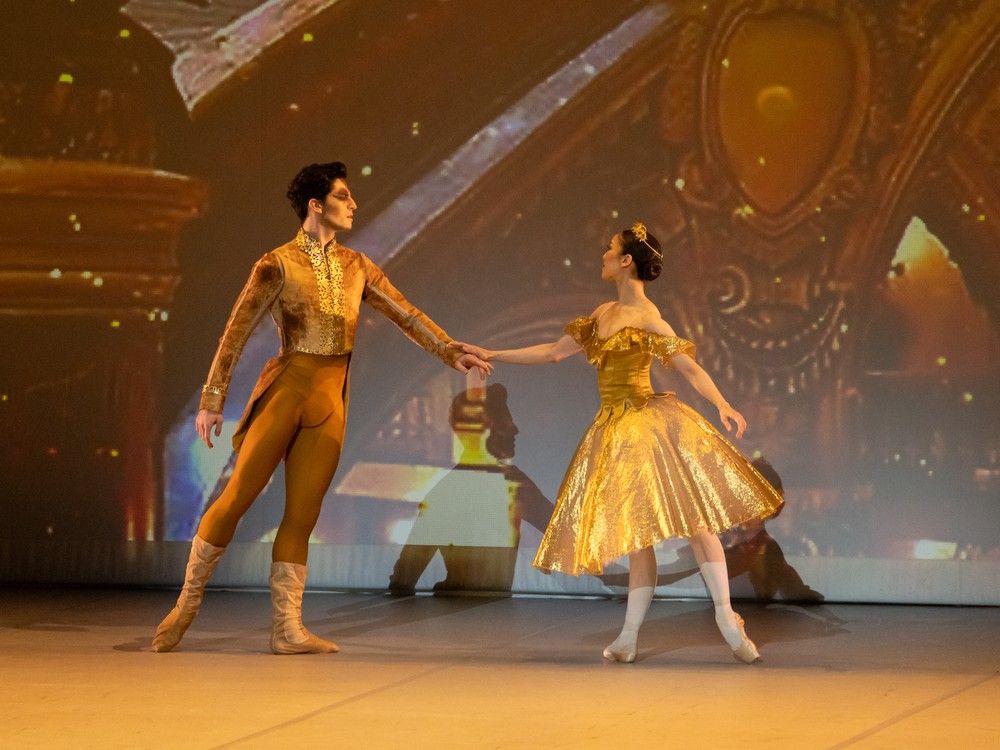In an age of anxiety, Inside Out 2 justifies its return

To say the least, I did not approach Inside Out 2 in the right frame of mind.
It has been the summer of sequels. Faced with fears of a shrinking appetite for the big-screen experience, studios have been playing it safe with a festival of the familiar. The 10th Planet of the Apes. Bad Boys No. 4. And now — just weeks before Despicable Me 4 — there’s Inside Out 2, Pixar’s follow-up to its wildly successful and innovative 2015 film set inside the brain of a young girl named Riley, controlled by animated characters representing different emotions.
The sequel arrives on the heels of a report that Pixar’s own brain trust is pulling back on original stories, focusing more on mass appeal and sequels based on what’s already worked.
So if there was an emotion at the control centre in my brain when I sat down for the show, I’d name him Grumbly. As the film began, I could hear him grousing in the background: Here we go again. Bah, I’ve seen Joy and all the others already. This again?
But what Grumbly didn’t know is how timely Inside Out 2 would turn out to be.
When it arrived in 2015, the original film was an example of what set Pixar apart as an animation studio. By giving voice to the emotions inside Riley’s brain, Inside Out gave families a way to talk about the complicated sea of feelings inside all of us. There’s a generation of children who discovered the film just as they were growing up. Many of those who giggled with Amy Poehler’s Joy and wept about Bing Bong are now teens, and Inside Out 2 has much to say for them.
The film opens in the brain control centre, with the emotions trying to get a handle on Riley’s rapid changes. With a giant flashing alarm, puberty has arrived, and with that, new feelings. The Bear‘s Ayo Edebiri voices the googly-eyed Envy. There’s Embarrassment, who hides his flushed cheeks in a hoodie. Ennui is hilarious, apathetic boredom personified in a limp, noodle-shaped body.
But of all the new emotions, none seem more apt than Anxiety. Voiced by Maya Hawke, Anxiety is an orange, frizzy-haired, predicting protector, constantly on guard for the worst, while somehow trying to make Riley’s life better.

With the 13-year-old Riley heading off to hockey camp and trying to fit in with the cool kids, Anxiety and the new emotions are in the driver’s seat, the original crew exiled to the brainscape hinterlands. In grand Pixar tradition, shenanigans ensure. There are new mental regions to discover, an actual river of consciousness to navigate and a great bit involving the land of sarcasm.
But it’s when we begin to see the effects of Riley’s new emotions that Inside Out 2 finds its true purpose.
I may be a critic with an inner Grumbly who complains about a lack of originality in film, but I am also a parent with a daughter. When Anxiety arrived, Grumbly shut up, and I leaned in.
My daughter has her own Anxiety. I don’t know if it’s green or orange, but she carries it to school, in the never-ending scroll, in group chats and back at home. A constant companion.
Under fuzzy emotions, an effective attack
There’s a moment in the new film that was so effective, even for a film about a group of fuzzy emotions, it almost required a trigger warning.
Riley battles to secure a spot on the hockey team, but Anxiety tightens her grip as the girl steps onto the ice. With the music swelling and the stakes rising, Riley pushes herself to the limit. In the first film, it was an imaginary friend who opened the audience’s floodgates. But this time, it’s Riley’s own experiences. As she pushes herself harder, her panic intensifies — and, watching her, I felt my own emotions welling up.
I don’t know if it was me, for a moment, somehow empathizing with Riley’s predicament, or this animated anxiety attack, giving me a taste of what my daughter deals with on a daily basis.
This is the magic of Pixar, a studio where every story element has been pitched and re-pitched. Scripts evolve and change; rough animated version are screened for a group, where they’re relentlessly pulled apart and improved upon.

At one point in the production of Inside Out 2, there were as many as nine new emotions. At the end, director Kelsey Mann, himself a parent, centred on Anxiety as focus.
The best animated movies are not just for kids. Our brains fill in the blanks to reflect back something about ourselves. Inside Out 2 is about many things, but much of it is about the age we live in — and that is a sequel worth seeing.



